In Tasmania, early in October, we made a visit to a lovely little extension of classic Italy. Artist and writer friends in Hobart had pointed their fingers north, and so on the Sunday we drove up Derwent Valley which was dressed in the deep greens of our season of wet fortune (actually less wet than Victoria), to Prospect Villa and Garden.
Hamilton is a charming colonial outpost with stone cottages, set in expansive hills and valleys. On a side road we found a petit grand villa in sandstone, with the kind of scrubbed facade that promises to turn gold at sunset. Unhooked the electric fence-gate, kept in mind the “Cave Canem” sign as we knocked on the door … Back at the village shop the man suggested we “give Helen a call. She is around, she came by earlier today.” When she did answer it was to tell us that the website was out of date — Prospect opened in November, not September. We offered the flattery of having crossed the Strait to view her garden and she relented, despite saying that “it was not ready.”
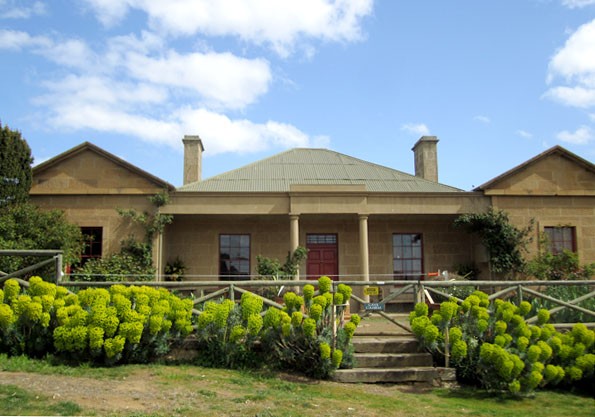
Prospect Villa, early Georgian, circa 1830s. The electrified fence wire. Cave Canem. Beautiful, understated symmetries. The sandstone in very good nick.
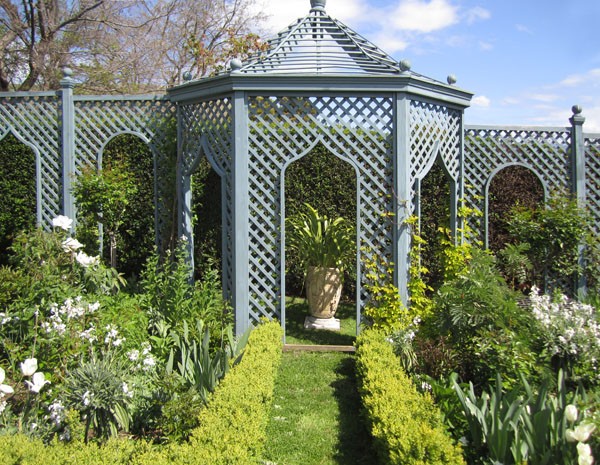
Fronting the street on the left of the house, is Le Jardin Blanche. Owner and gardener Helen Poynder has profoundly Italian affinities but gives a brief nod to the French mode with pale trellises and white flower plantings.
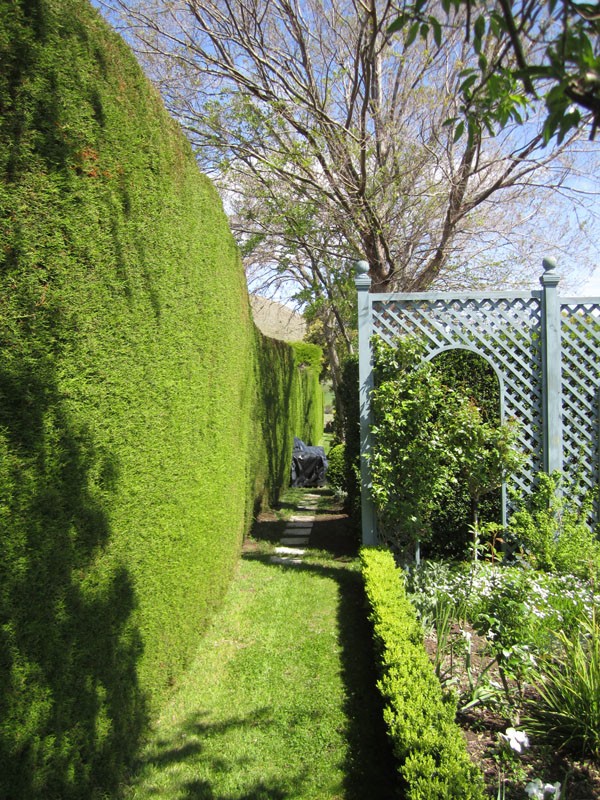
Looking down the side of the Jardin — the superb hedge, fat and healthy. The garden bench is still draped in its black rain/dust sheet, reminding us that “it’s not ready.”
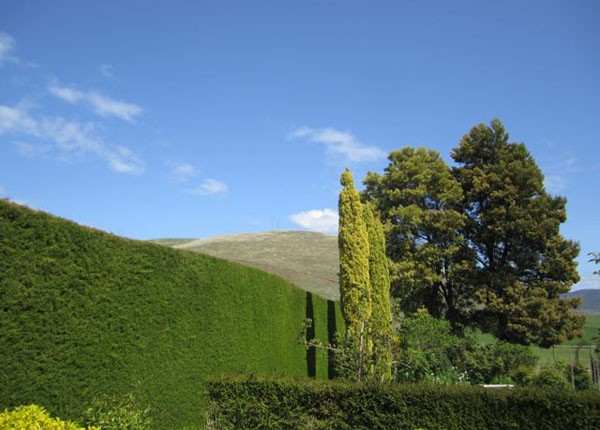
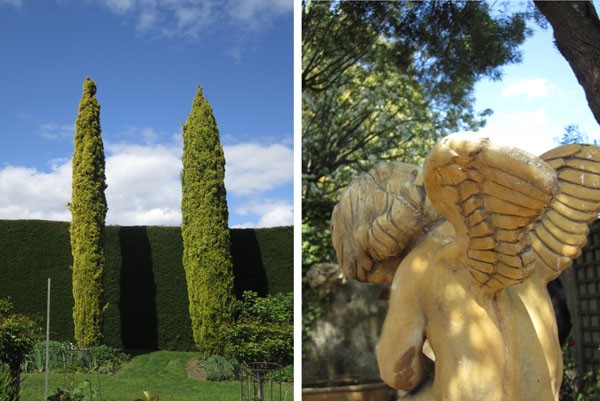
We came across the self-absorbed putto in the Secret Garden. Shh.
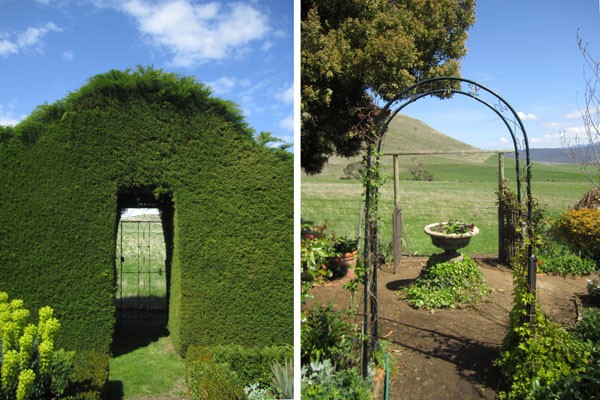
A “clairvoyaire” in the hedge, as our French-speaking writer friend has termed it. You can’t get the effect in this reduction, but the proffered view beyond is interestingly jarring, piercing as it does from the watered lushness to the denuded countryside. (It has a relationship, or vice versa, to the paintings of Tasmanian David Keeling who occasionally entertains the surreal aspects of the landscape.)
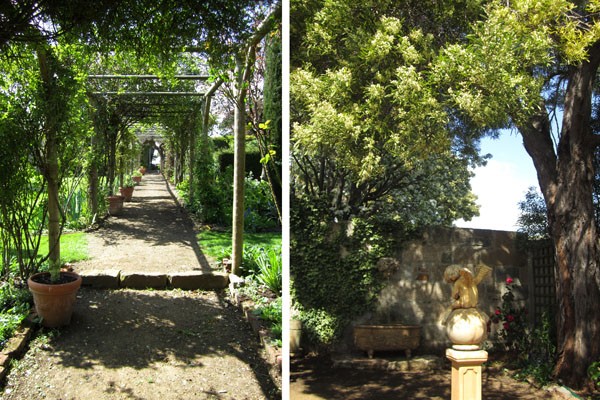
A pergolaed arcade leading to the walled-in Secret Garden, an oasis inside an oasis.
Suddenly, clairvoyaire. And looking the other way, below. In garden writer Michael McCoy’s term, parts of this garden embraces you.
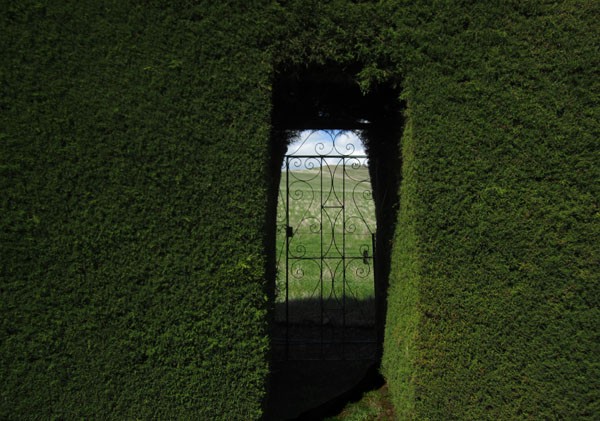

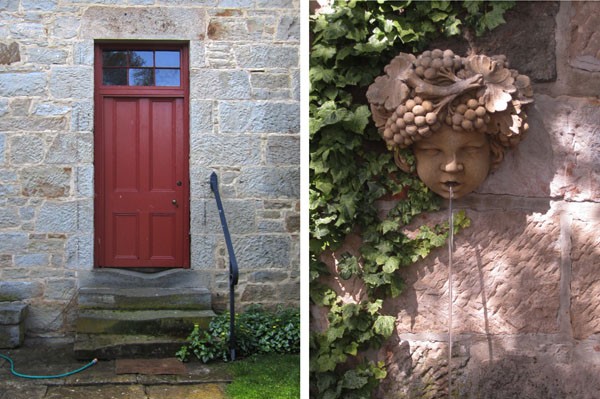
Note how the final step to the back door is a wide sagging groove, a mute house book, as it were, recording the last 180 years of passage. Not wanting to interrupt our hostess, we resisted asking to go inside. The squirting Bacchus keeps the putto company.

Pulling the wheelbarrow is the lady of the villa, Helen Poynder. The building is an old barn; Prospect Villa is on about an acre of land. The delightful reason for Cave Canem is the delicate red Italian whippet. Elegant and sweet-natured, it is entirely ungallant to have forgotten her name, pardon me, signorina.

Topped with a credibly patinated urn from Italy, this ivy-covered mound sits within a moat (which you can’t see here). Nearby Meadowbank Lake is the dependable source of water.
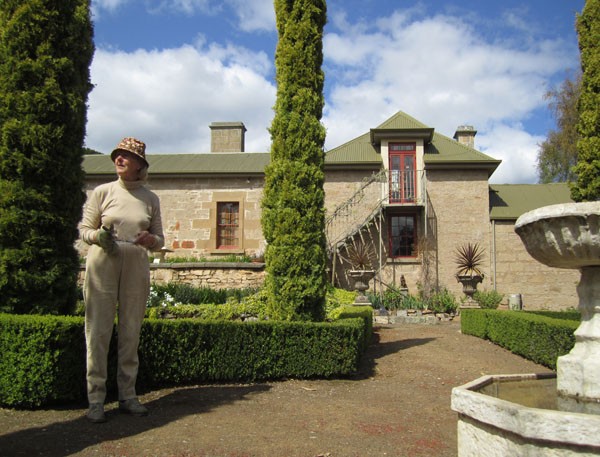
Helen Poynder, owner, gardener and sometime resident; her working outfit is nicely in a matching shade of sandstone. Helen and her husband John have renovated the house, and created this garden from scratch, over their thirty-five years of custodianship.
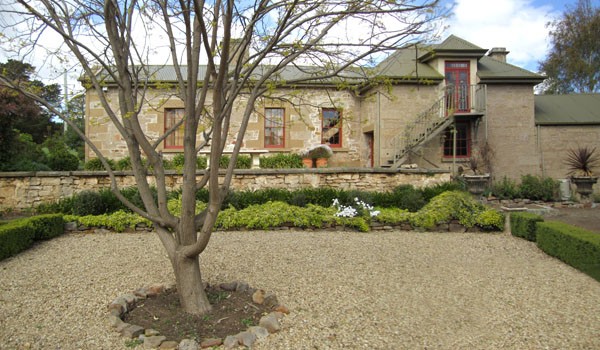
This is a garden of rooms, and this “room” near the front on the other side from the Jardin Blanche is also its opposite in its denial of dense planting and ornamentation. It has the sophistication of great simplicity and perfectly judged proportions. What’s Italian for Zen garden?
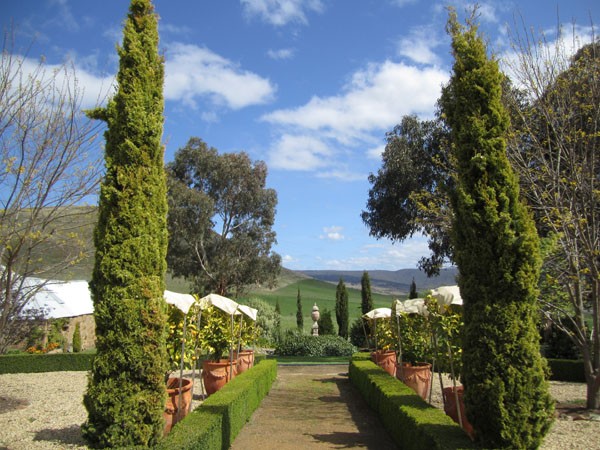
A view to the hills, towards Meadowbank Lake. Helen employs just the one assistant.
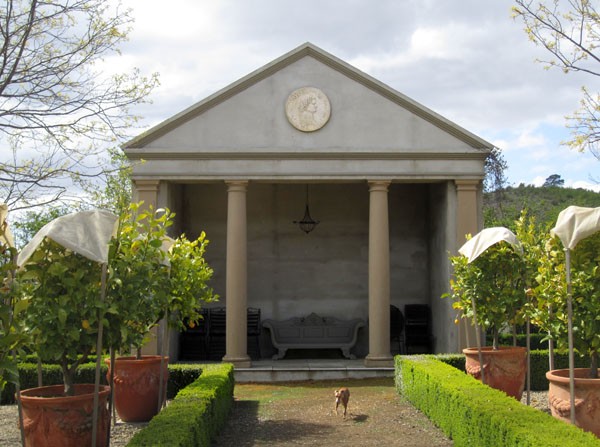
The Temple! “I’ve always wanted a temple. I found someone who could build it, it was originally going to be smaller but that didn’t look right, so we made it bigger and taller because it has to look right, doesn’t it? During summer we have friends here for a party that goes all night.” Lemon bushes wear their pre-season scarfs.
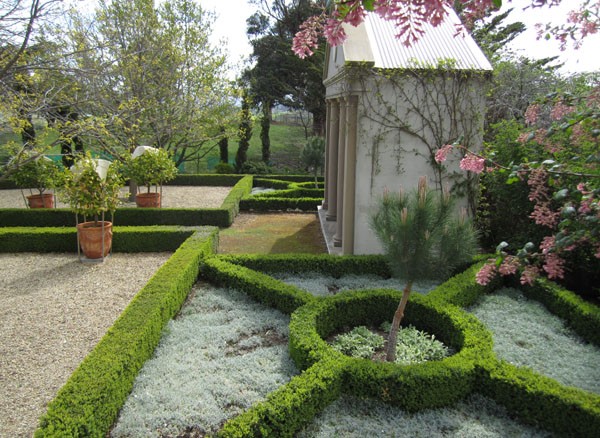
Revealed is the temple’s innovative corrugated roof. If only Athens had Colorbond. Slyly centring the parterre design is the choice of a native.
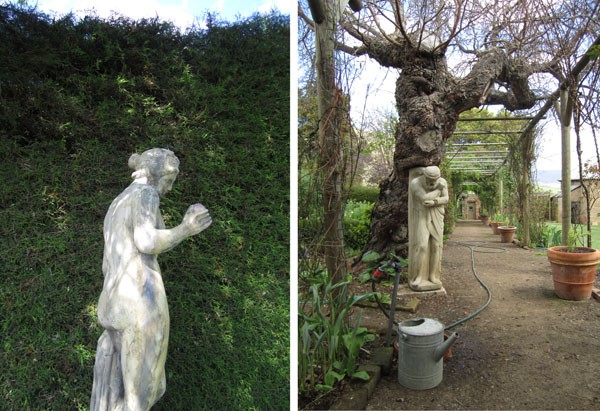
Statues, there are a few. Ma’am, and sir.
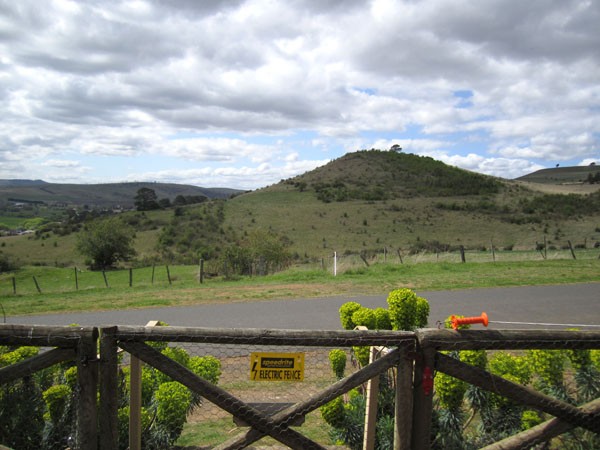
The view leaving Prospect Villa. We didn’t want to go.
And if you want to visit, I suggest you try and get there in the next while. Helen tells us that she is intending to sell the property and buy a piece of land near Launceston, where she lives most of the time. She will build a little house — after John Glover’s Montacute in Bothwell — and start another, little garden there.
I hope Prospect Villa’s next owners fall in love with its garden — it is a treasure, which my Constant Gardener declares is one of the finest, if not the finest country garden in Australia.
+ + +
Boring, useful stuff:
Prospect Villa & Garden (pictures of the garden in bloom)
Mobile: 0409 415 491
Phone: 03 6286 3233
Fax: 03 6334 2696
Hamilton Plains Road, Hamilton, Tasmania, Australia, 7140
Open 10.00 am – 4.00 pm 7 days a week (November to April).
Admission: $5.00 per person







Crikey is committed to hosting lively discussions. Help us keep the conversation useful, interesting and welcoming. We aim to publish comments quickly in the interest of promoting robust conversation, but we’re a small team and we deploy filters to protect against legal risk. Occasionally your comment may be held up while we review, but we’re working as fast as we can to keep the conversation rolling.
The Crikey comment section is members-only content. Please subscribe to leave a comment.
The Crikey comment section is members-only content. Please login to leave a comment.